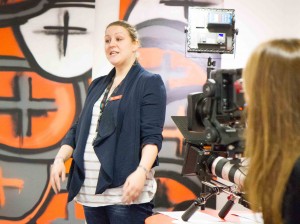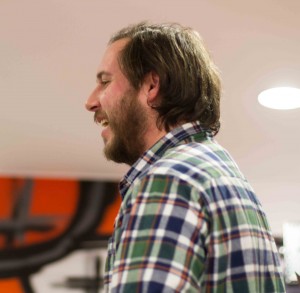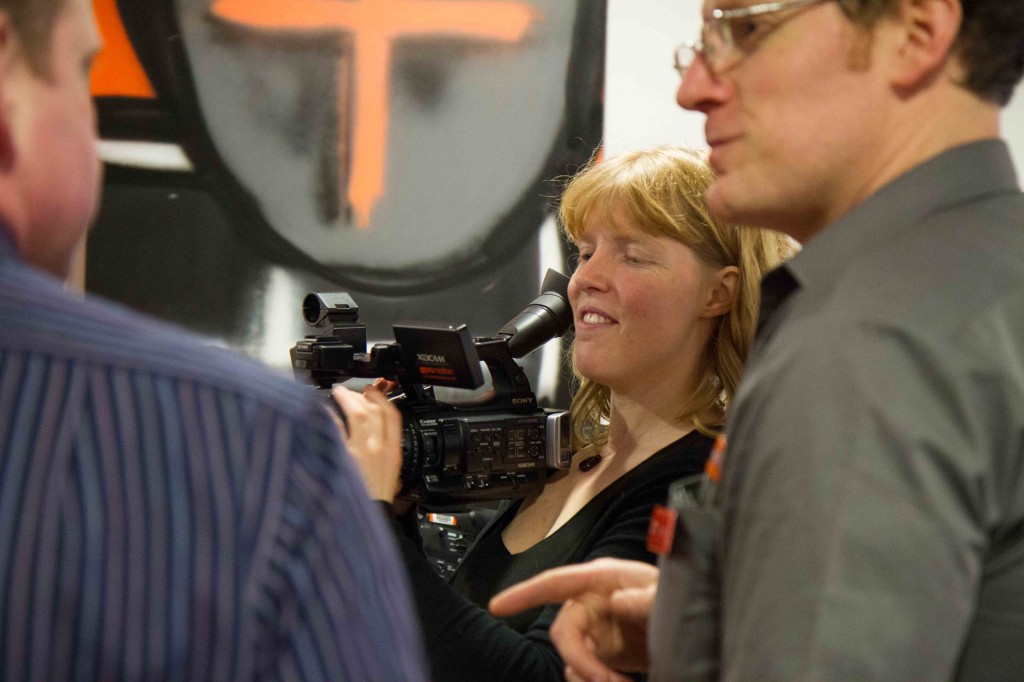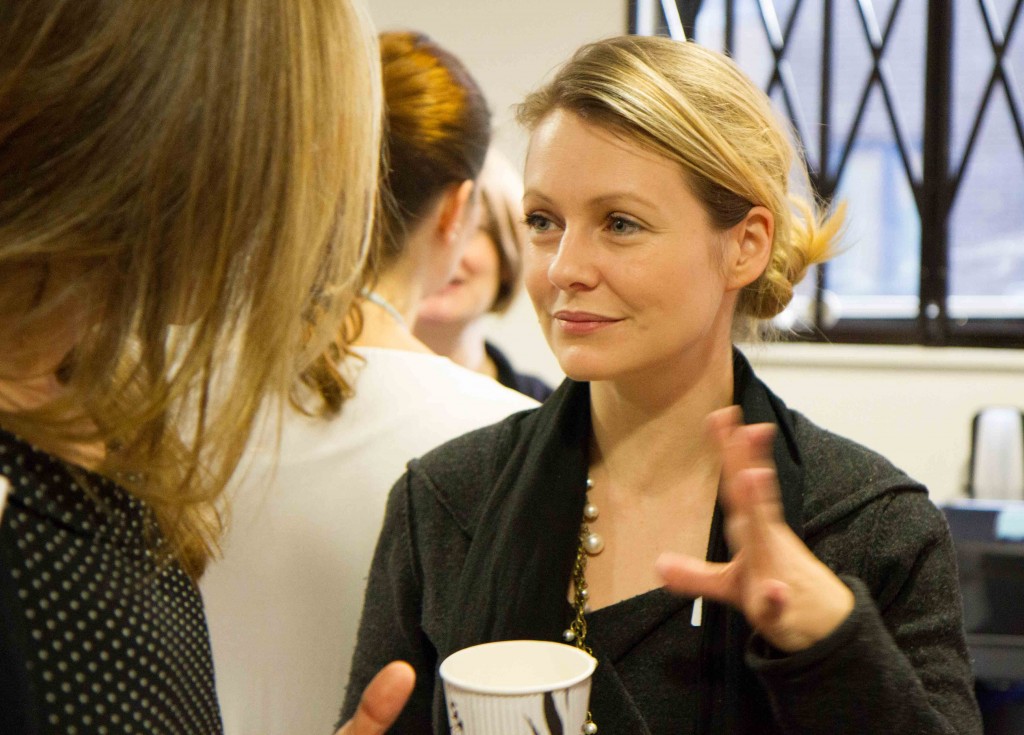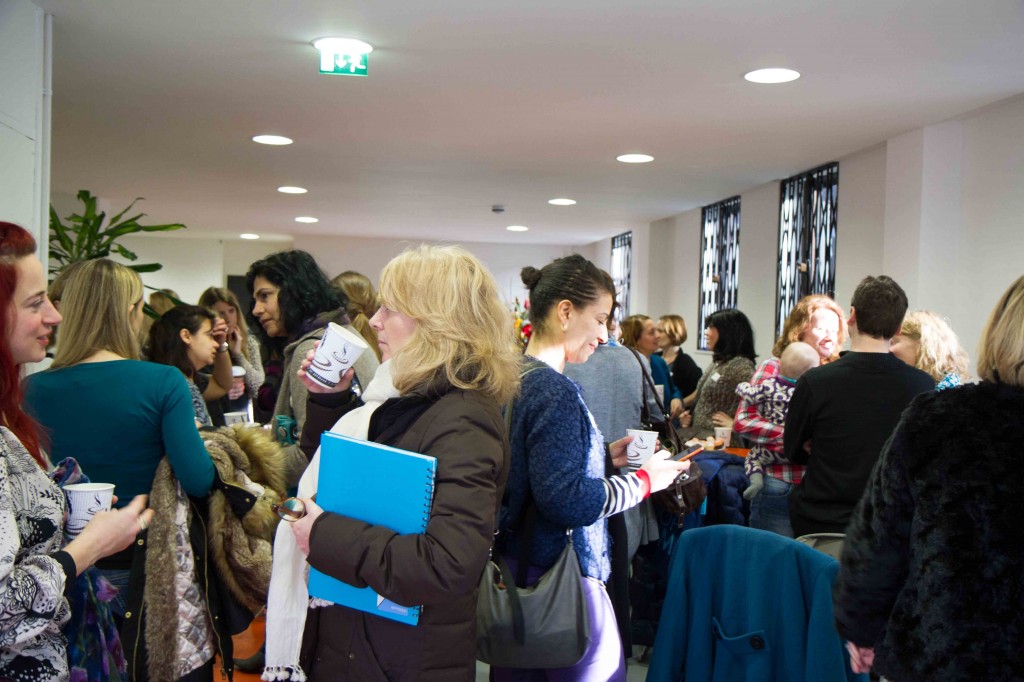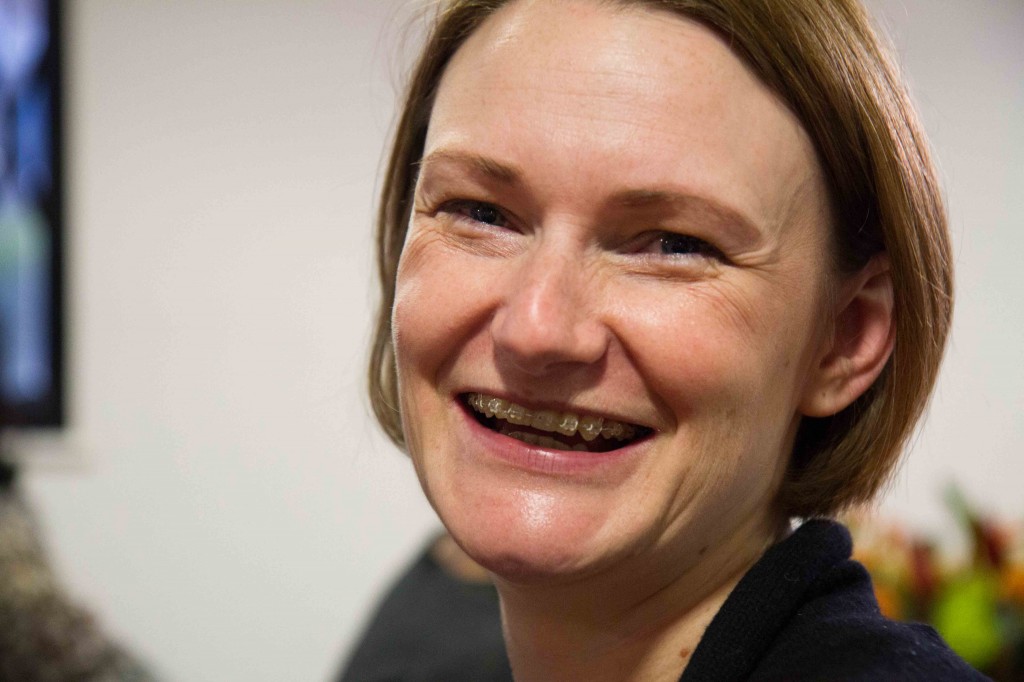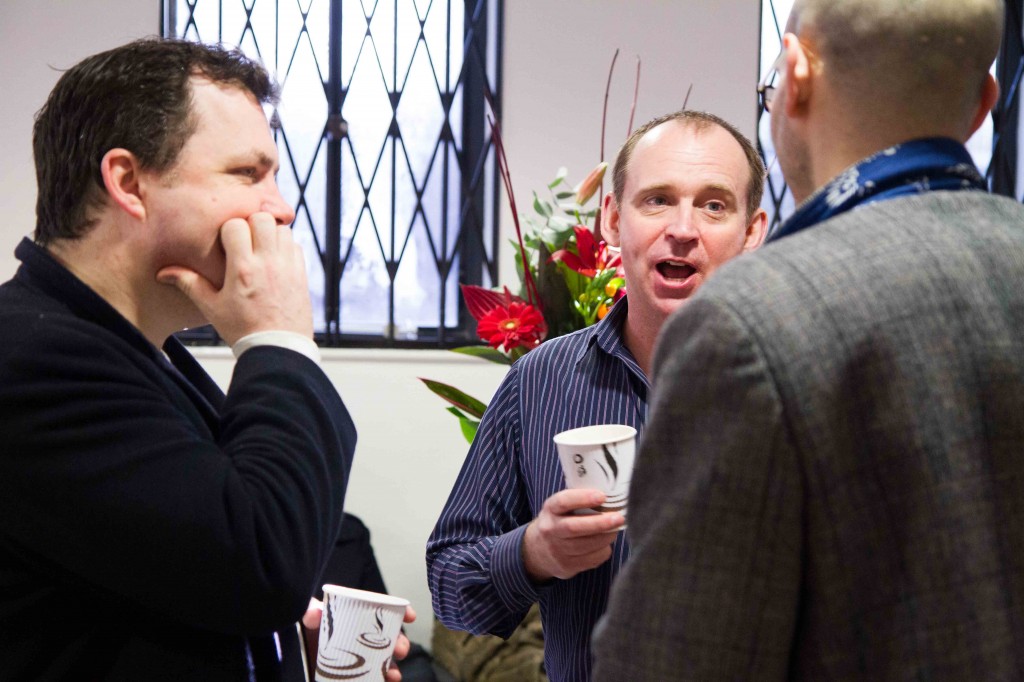Media Parents Technical Catch Up
February 4, 2013 @ 4:10 pm Posted in News CommentsHuge thanks to Caroline Bingham and the Pro Motion Hire team who hosted, informed and entertained 40 Media Parents members at Thursday’s technical catch up in Lambeth. It was great to hear advice on cameras and workflow, and tips on which cameras cut better with which, the easiest way to corrupt a data card (and how to avoid it) and Alain’s wisdom on which cameras suit which jobs and which budgets. Thank you to Production Manager Jessica Goodman for taking photos of the event, and to PD Evy Barry for writing the text below.
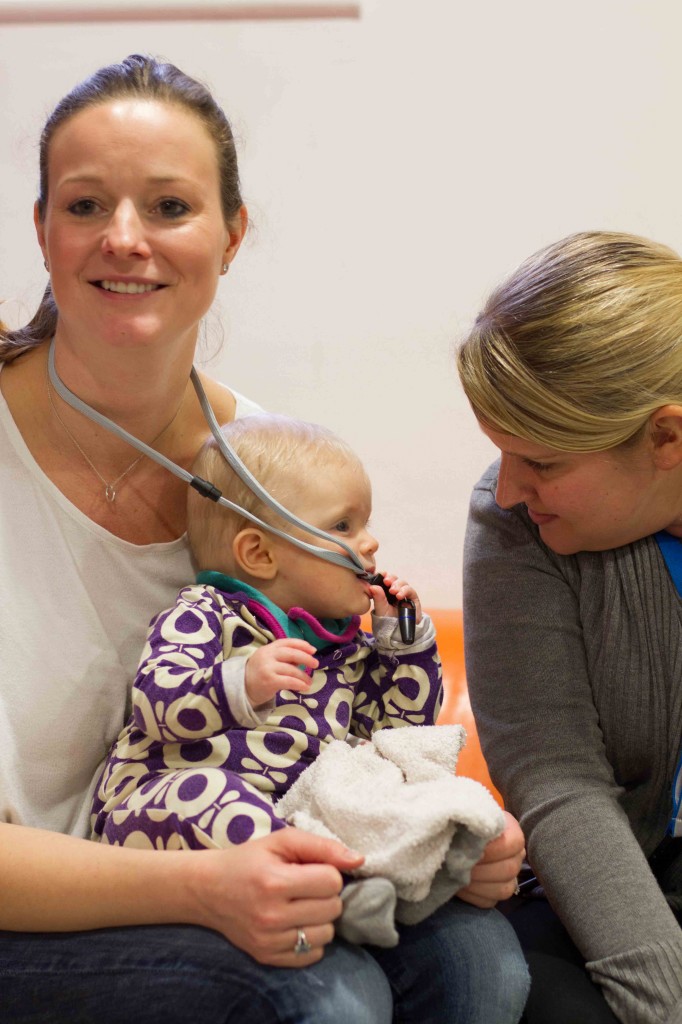
Caroline Bingham, Business Development Exec, Rosie Radnor and Jude Prior, Business Support for Pro Motion Hire at Thursday's event. If you would like to contact Caroline please use the Media Parents Network, here: http://www.mediaparents.co.uk/collaborator/4861/caroline-bingham
The technical catch up at Pro Motion hire was an incredibly useful run through of all the need to know developments of the last twelve months, writes Evy Barry, Shooting PD.
Katie Thomas explained that the C300 had been the most in demand and hired camera of recent times. As a development from the Canon DSLR cameras like the 7D and the 5D Mark II it has the beautiful shallow depth of field we all love – enabling really cinematic pictures – but the thing to remember is that because it is based on a stills camera – it takes people with a bit more expertise than other video cameras like the Canon XF305 to operate. A knowledge of lenses in particular is important. Amateurs stay away!
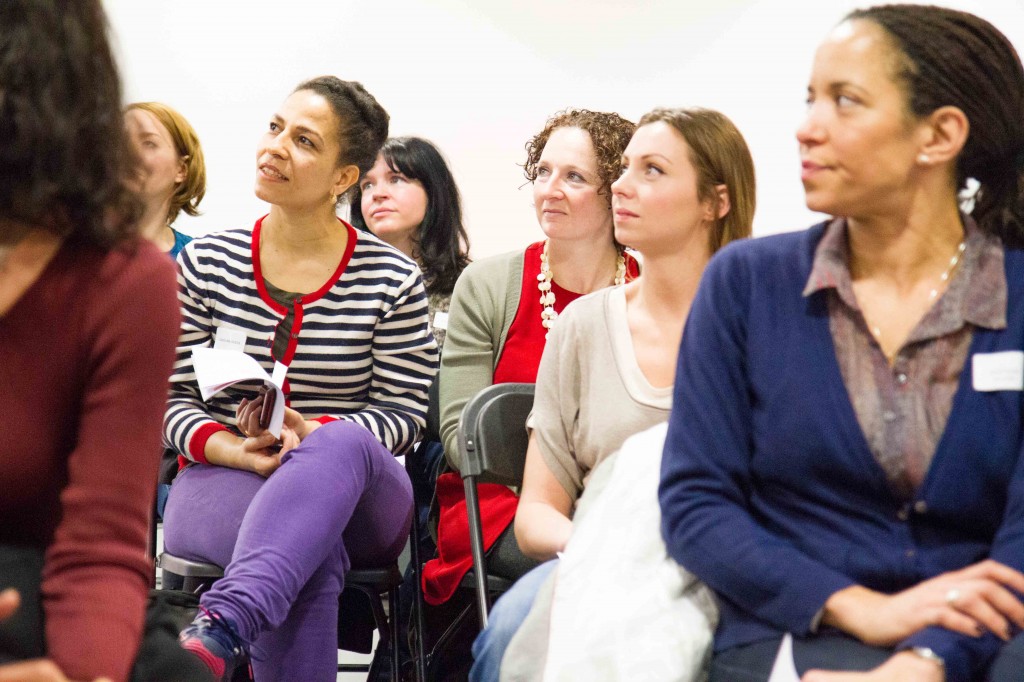
Outline HoP Susie Dark and ITN's Production Exec Bella Barr were amongst the audience of Media Parents members. To join us please go to www.mediaparents.co.uk
Alain Lolliot then rolled through the technical advantages and disadvantages of some of the other cameras. The Canon XF305 has been the camera many production companies have invested in because it shoots true HD at 50mb/s and because it is on the BBC list of approved cameras. The downside though is that because its sensor size is only a third instead of a half inch it doesn’t operate well in low light conditions.
The PMW-200 on the other hand has a sensor of half and inch and therefore performs well in these conditions. So why wouldn’t you just go for this? The SxS cards it uses are a lot more expensive (about £300 for a 32 GB) than the canon camera cards – of which sandisk are the most reliable (roughly £60 for 32GB card – depending where you shop)…..

Alain took questions from the floor throughout the demonstrations. Here Bella Barr interjects on the tech spec she is asked to deliver at ITN.
One other camera that Alain said he couldn’t believe wasn’t hired more and does amazing things in slow mo is the NEX-FS700. Good for shooting specific shots like rain falling or any stylised slow motion requirements of a production. It can shoot at 100 frames per second, 200, and also 400, 800 – although on these last two settings you get quality loss and it halves the field of view.
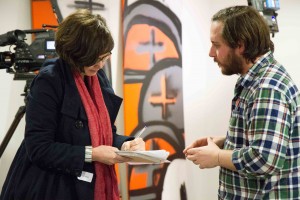
There was a chance for SP Sally Weale and other Media Parents members to ask specific questions afterwards.
As for the tapeless work flow – you will need plug-ins to transcode the footage into the edit, which you can download for free….. and one top tip – don’t for goodness sake rename the CONTENTS folder as something else or when the system searches for it, it won’t find it….also funny how when we used tape, the archive was stored once – but now we need to save the media twice to be insured…..and apparently storing media on drives should be as short a term thing as you can manage.
Perhaps not difficult to see why we all find tape so reassuring when you think about that moment when you are clearing your camera card and it asks if you want to delete the media and you have to be brave… Shiver…

Anna Melin, Series Production Manager took time out from making Dispatches for October Films to attend.
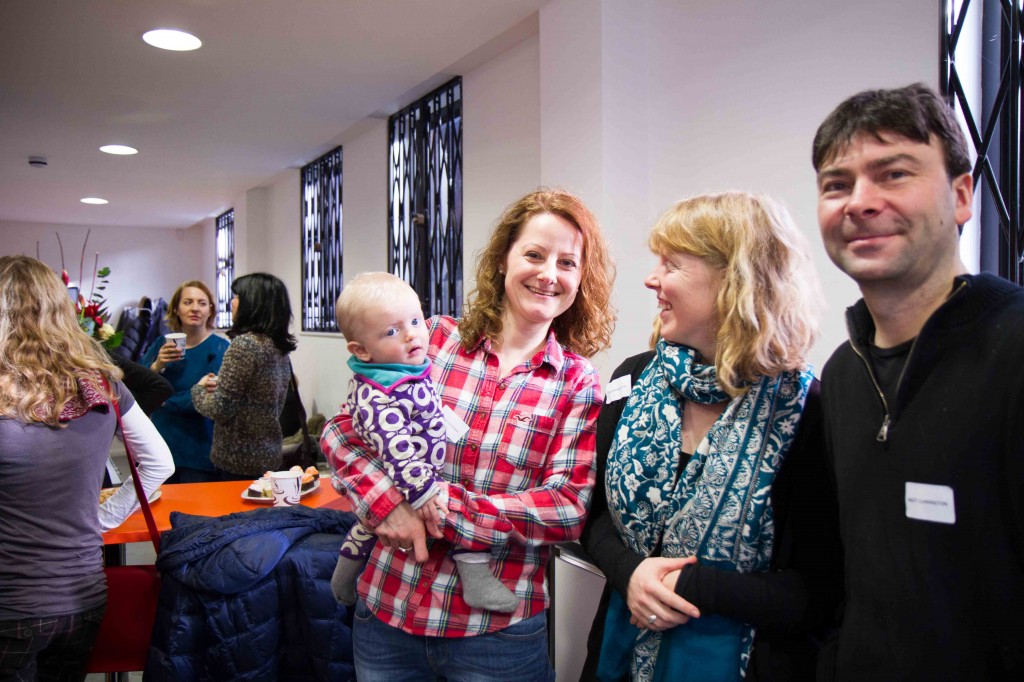
Rosie definitely stole the show though. Many thanks to all at Pro Motion Hire, and Media Parents members Evy Barry and Jessica Goodman for text and photos.
http://www.mediaparents.co.uk/freelancers/385/evy-barry
http://www.mediaparents.co.uk/freelancers/124/jessica-goodman

If you have 3+ years TV experience please join us at www.mediaparents.co.uk for great jobs, networking and events.


